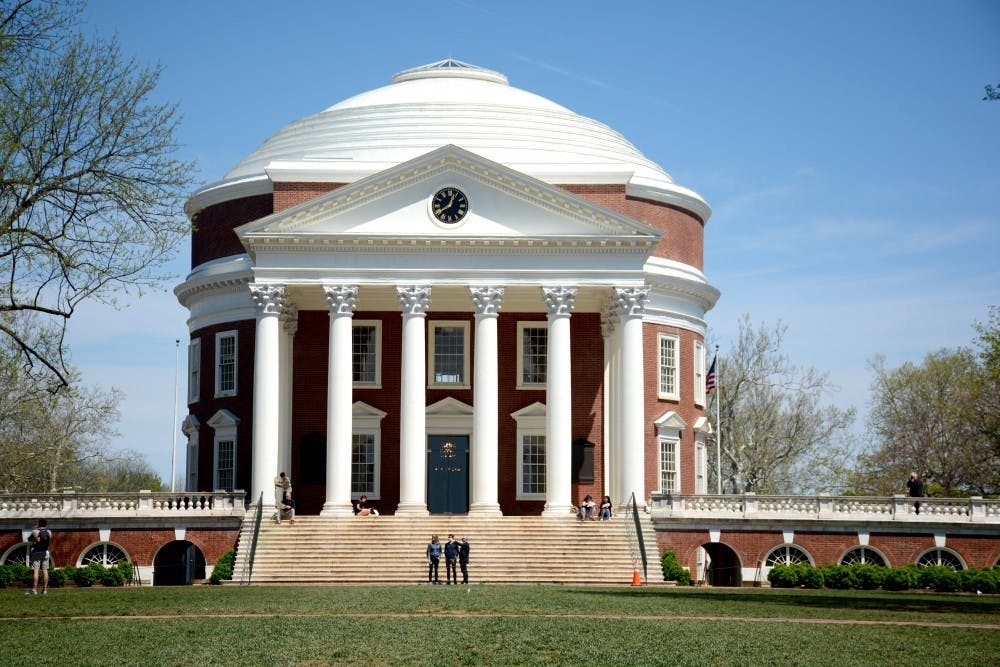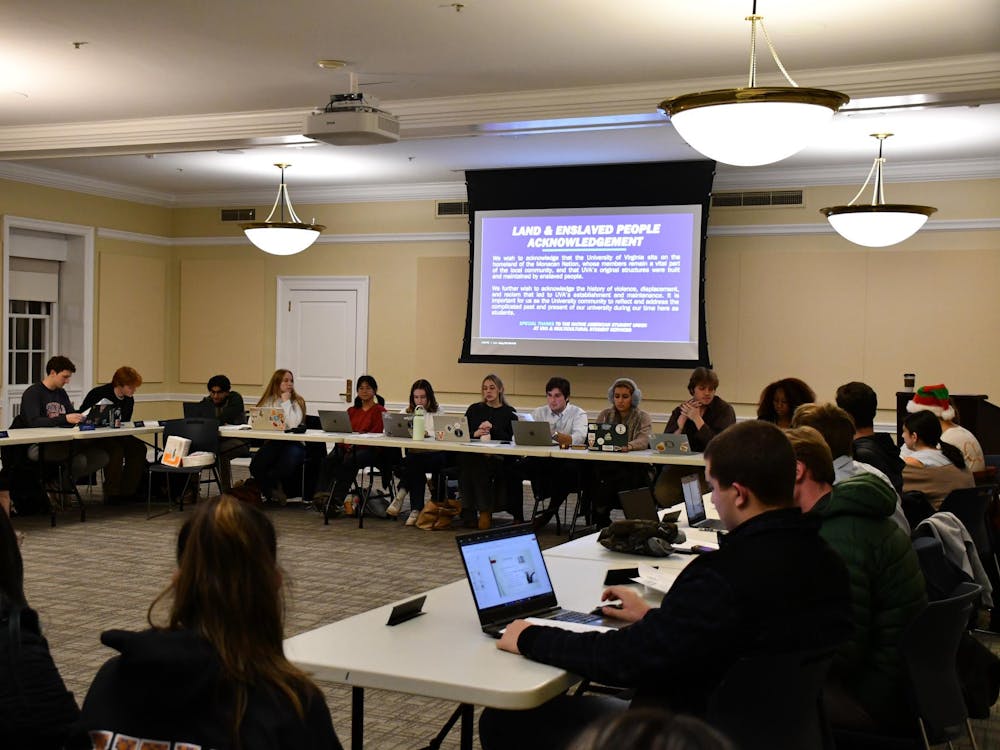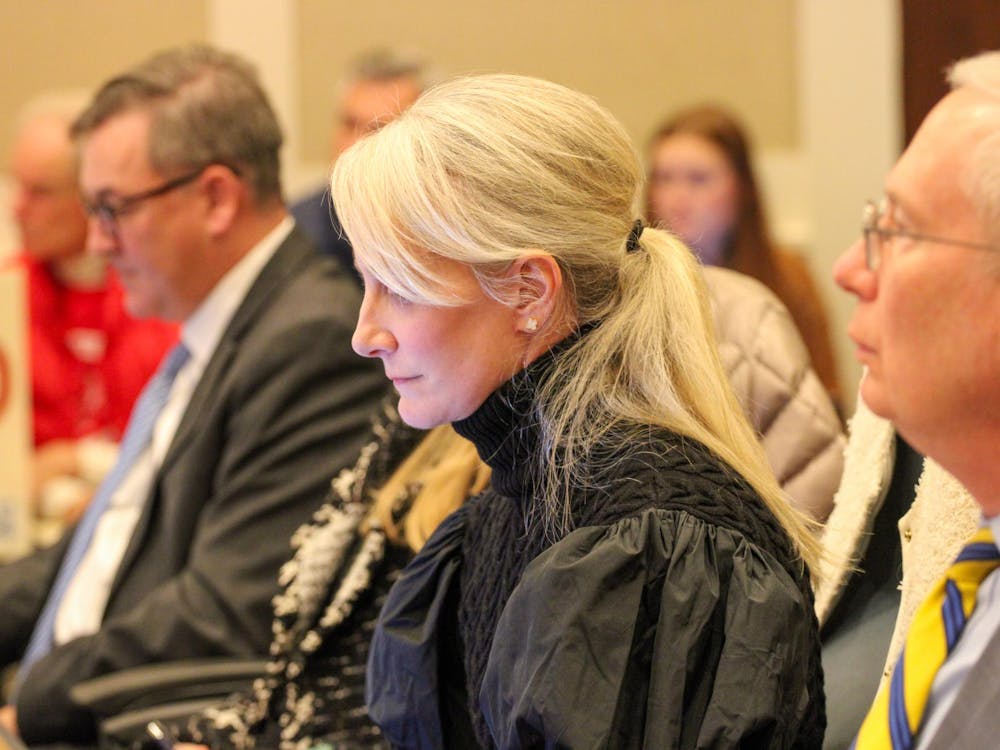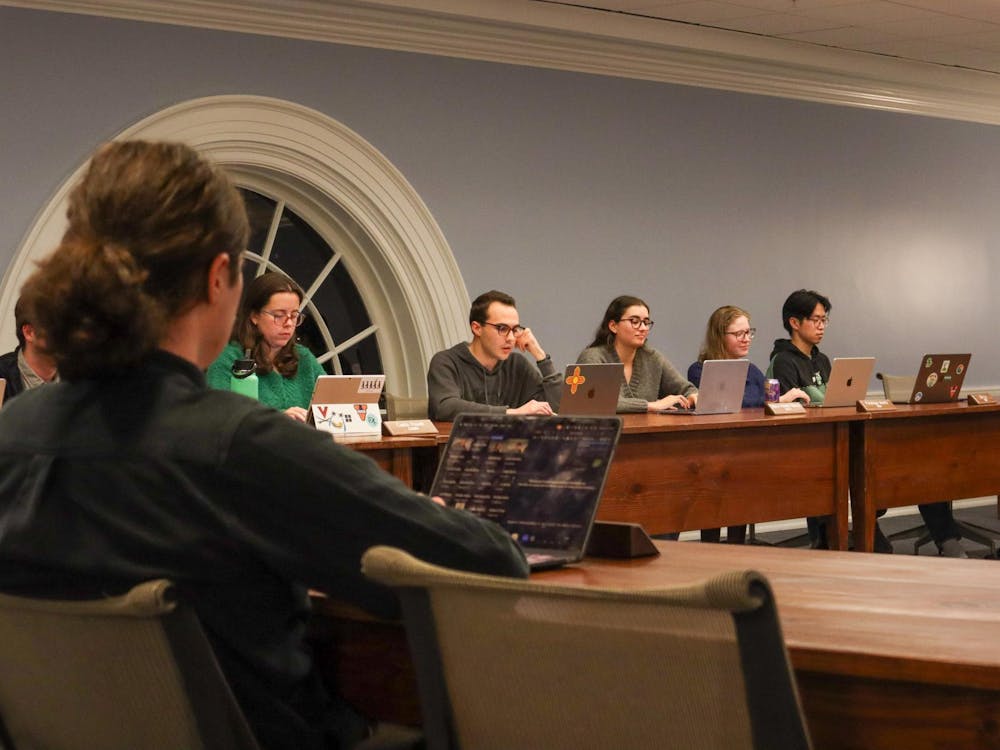New 2019 data reveals that the representation of women and people of color on the tenure-track at the University has not increased to the same degree as diversity within academic general faculty. The University began hiring more non-tenure-track faculty in 2015 to accommodate the variety of courses being offered and cut costs on faculty compensation. This ongoing, nationwide reliance on general and adjunct faculty members has limited the growth of tenure and tenure-track faculty.
The University’s Academic Division Detailed Employee Profile identifies faculty race and ethnicity by categorizing employees as African American, Asian, Hispanic, Multi-Race, Native Hawaiian or Pacific Islander, Non-Resident Alien, Race or Ethnicity unknown, or White. In the data to follow, “people of color” refers to all faculty members who do not identify as White.
When the push for hiring non-tenured track faculty began in 2015, people of color represented 21 percent of the academic general faculty — professors who can apply for promotion but are not initially eligible for the tenure-track. By 2019, after roughly a 16 percent increase in general faculty staff overall, people of color represented about 28 percent.
Simple patterns of growth in diverse representation accompany the demographics of the tenure and tenure-track faculty. In 2015, people of color represented 20 percent of the tenure and tenure-track faculty. By 2019, tenure and tenure-track faculty saw a roughly seven percent increase in staff with representation for people of color reaching about 26 percent.
In addition, female faculty numbers in the general faculty category continue to outweigh those of male faculty. However, female professors are disproportionately represented in the tenure and tenure-track category. From 2015 to 2019, female faculty attributed roughly 51 percent of the general faculty demographic. In 2015, about 29 percent of the tenure and tenure-track faculty at the University were female. In 2019, the value almost reached 31 percent, with women of color representing roughly 29 percent of all female tenure and tenure-track faculty members.
In an email to The Cavalier Daily, deputy University spokesperson Wes Hester noted the University’s recent progress in expanding faculty diversity.
“As the data shows, over the last 10 years we have had success increasing the percentage and the number of both women and underrepresented minority faculty members,” Hester said. “Now, we are looking to build on that progress.”
The University plans to continue this trend with the recent adoption of the Inclusive Excellence framework which aims to focus diversity, equity and inclusion efforts towards faculty recruitment and retainment. Despite these efforts, current statistics reveal a significant lack of women and people of color who serve as tenure and tenure-track faculty.
Diane Whaley, a general faculty professor in the Curry School, recognized the disproportionate amount of women and people of color on the tenure-track to be a national trend that the University is participating in.
Whaley said this trend could be attributed to a variables such as job security, differences in compensation, and the responsibilities that come with a tenured position. All of these factors further complicate issues of faculty diversity by influencing whether a professor is offered or even willing to pursue a tenured position.
Funding has affected faculty job security
Walter Heinecke, a tenured associate professor in the Curry School, attributes the rise in non-tenure-track faculty and the impact it has on faculty demographics to University financial restraints. Heinecke connects the issue to government funding cuts on education made by former President Ronald Reagan’s administration in the 1980s that continue to limit the number of tenured professors universities like U.Va. can afford to support.
Between 1980 and 1985, government funding towards higher education dropped roughly 25 percent with a $594 million loss in student loans and $338 million cut in Pell grants, and state support for higher education also declined. According to the University’s operating budget, the state appropriation has decreased from 22.6 percent of the Academic Division operating budget in fiscal year 1998-99 to 8.3 percent in fiscal year 2018-19.
As a result, the University has seen an increase in academic general faculty and wage faculty, which is the University’s term for adjunct faculty.
Wage faculty are usually hired on a one-year contract, with no guarantees for job protection, no benefits and at a much lower wage compared to general and tenured faculty. By hiring wage faculty, the University can keep faculty compensation costs down and provide flexible course offerings to students.
Heinecke noted that this trend prevents the increasing amount of diverse faculty members being hired as wage or general faculty from gaining access to job security, further distancing them from the tenure-track.
“What's best for students is to have faculty members who have employment rights and expectations for continued employment or tenure, and that they're able to basically exercise academic freedom in the classroom.” Heinecke said. “This whole trend undermines the ability of faculty to provide high quality education for students.”
The University has responded to the call for increased diversity
In 2017, just after the events of Aug. 11 and 12, the Black Student Alliance published a proposal highlighting the lack of diverse faculty present at the University. Their demands identify the disproportionate ratio between African-American faculty and students and called for a change. The Latinx Student Alliance raised similar concerns with their proposal in 2018, expressing the need for increased faculty and student Latinx representation.
In the wake of these proposals, the University adopted the 2030 plan in August 2019. LSA’s proposal, “Our University to Shape,” and the University’s 2030 plan are cited as “Planning Resources” for Inclusive Excellence plan. Hester noted one of the plan’s goals that focuses on increasing faculty diversity.
“One of the goals laid out in the 2030 Plan is to ‘recruit and retain excellent and diverse faculty,’ a commitment that we will strive to attract faculty who are both talented and diverse, who are or will be leaders in their fields and who are committed to both outstanding research and outstanding teaching,” Hester said.
However, Hester revealed that the University faces challenges when looking to hire new tenure and tenure-track faculty, as they are in competition with other schools to select from a very narrow pool of applicants. The University’s selection process relies on data from the National Science Foundation’s Survey of Earned Doctorates, which produces a report on the number of PhDs received each year.
“This provides a generalized prediction of what we might expect in terms of the demographics of our applicant pool in any given year,” Hester said.
In addition to using these predictions to base new employment decisions, the University Provost’s office is actively working to update their recruitment and retainment strategies to increase faculty diversity. Hester noted some of the initiatives to be: the updating of the applicant search process to decrease bias in hiring and diversify the pool, the development of leadership training that focuses on cultural sensitivity and dual career support.
University data from 2019 reveals the underrepresentation of women and people of color in the tenure and tenure-track faculty despite recent initiatives to increase faculty diversity.
Policy changes may affect progress
Heinecke is an active member in the chapter of American Association of University Professors present on Grounds. He claims the AAUP has encouraged the University to open up more tenure positions for the general faculty members who have dedicated years of service to the University.
“Look at what general faculty are doing, basically a lot of them are doing as much or more work than a tenure-track faculty,” Heinecke said. “And so they deserve to have job security.”
Academic general faculty members may work full time and have some job insurance — however, they are paid significantly less than a tenured professor. In 2018, the average salary for a tenured professor at the University was $177,300, while an associate professor received an average of $118,700.
Job security for general faculty is one of the AAUP’s major concerns when advocating for faculty shared governance. In 2006, the University implemented a policy known as Expectations of Continued Employment that offered general faculty job insurance if they passed University review after two three-year periods.
After the policy’s initiation, Heinecke and other members of the AAUP reported violations of the ECE, as the University continued to hire faculty on flexible, one-year appointments to meet budget and course efficiencies.
Now that violations have been amended, the Faculty Senate Policy Committee is currently closely reviewing and preparing to discuss PROV-004, the Provost’s newest draft of the University’s faculty employment policy. The policy was most recently revised in 2017 and the new draft will be discussed and finalized in the upcoming weeks.
Its 2017 revision led to the establishment of the three track system that breaks the University general faculty down into three categories — teaching, research and clinical.
These sub-tracks can hinder faculty seeking promotions, as they are often classified into just one of the three sub-tracks when they might have professional experience in several areas.
“They're restricting their portfolios,” Heinecke said. “And so it can constrain the ability of those non tenure-track faculty be able to … move forward into a tenure-track line, or it just restricts their entire professional trajectory.”
Though Heinecke attributes some of the lack of diversity in tenure-track to the limitations of the sub-track system, he also commented on the effects of the University’s culture.
“If you go all the way back to Thomas Jefferson, what you see is racism, sexism and classism.” Heinecke said. “And I would argue that those kinds of … -isms are still playing themselves out in the way that we hire faculty.”
According to Hester, the University’s diversity, equity and inclusion efforts — both in faculty recruitment and community development — support the increase of women and people of color in academic career fields where they are underrepresented.
“Increasing the diversity of our faculty is an important priority for the University and one that is essential to achieve our aspiration to be both great and good. And while significant progress is already being made, there is more work ahead,” Hester said.







